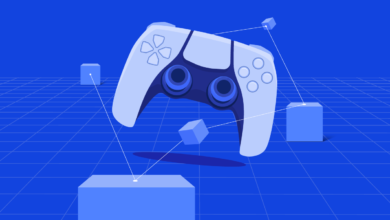InnovationIntellectual PropertyIP Valuation
Utility Models and Indian Perspective

Technological innovations and inventions have been the backbone of economies ever since the industrial revolution happened. Innovation has become an economic stimulant through patent and design rights. Countries (developing or developed) have designed their domestic patent regimes in accordance with their technological capacities. The current write-up analyses the scope and potential use of utility models in India and the advantages of accretion approach in their patent laws.
Utility Models lack a universal definition and find no mention in Trade-Related Aspects of Intellectual Property Rights [TRIPS] agreement, but their adoption as a fundamental concept is majorly similar in all jurisdictions. Basically they are equivalent to patent protection without examination and shorter duration of protection, thus they are also referred to as petty patents or innovation patents because it may grant an exclusive right over the invention and economic right to protect from others any commercial use without the consent of the holder. However, the length and requirements for granting utility models differ widely and countries are using it as a tool to invigorate technological advancements. Whether to go for a two-tier patent system and for its benefits for developed countries may outweigh the cost of monopolization. If India wishes to change its economy to skill, knowledge, and technology-based it has to channelize the local innovation in order to stimulate its economic growth by accommodating industrial activities at multiple levels. The protection to traditional artisans and Small and Medium Enterprises (SMEs) by granting protection to sub patentable inventions will not only enhance local innovation but also provide a solution to imports of foreign IP. Additionally, it will keep alive the massive indigenous economy of the country which is vulnerable to copying and misappropriation both domestically and internationally. Two-tier patent systems will also cater to the idea of welfare-economy by the inclusion of small scale innovators. Lowering the cost of registration, patentability standards and rights of commercial exploitation can promote the rural industry inventions which do not meet the criteria of patents. The patent regimes can be widened at the initial stages and as the country reaches higher technical standards, the bar patentability criteria can be increased. However, this may also lead to monopolies over basic technologies and ideas at the fundamental level. But it is also beneficial for a developing such as India because the marginal cost incurred (investment of time, financial resources in research and development etc) in advancing a technology which differs from the prior art is way more compared to developed countries and thus it may help India in capitalizing its cottage and small-scale industries. For example, the cost incurred in enhancing an indigenous technology developed by a farmer in India would be more compared to any other nation and so it would be conducive to protect the inventions developed with lower eligibility standards. In that way, it would also incentivize the grassroot inventions and also give a boost to technological start-ups which are cropping up in the country. But a diligent model of the two-tier patenting system will have to be deployed otherwise, it would result in market failures.
A hybrid-IP regime which provides enforcement rights on technical evaluation but commercial rights on the detailed examination will be an apt policy to cash in on the local inventions but the length of protection period has to be increased to a reasonable standard given long pendency of civil suits in India. The validity of patents is a ticking clock for owners with respect to injunctive relief claims and the duration for civil suits in Indian courts is abnormally more. Therefore the policymakers need to strike a balance in deciding the protection period given the monopolistic nature of utility models may cause an impediment for further innovation (by increasing licensing and transaction costs for them). Thus, the South Korean model of Utility Patents of 1999 can serve as an apt draft.





